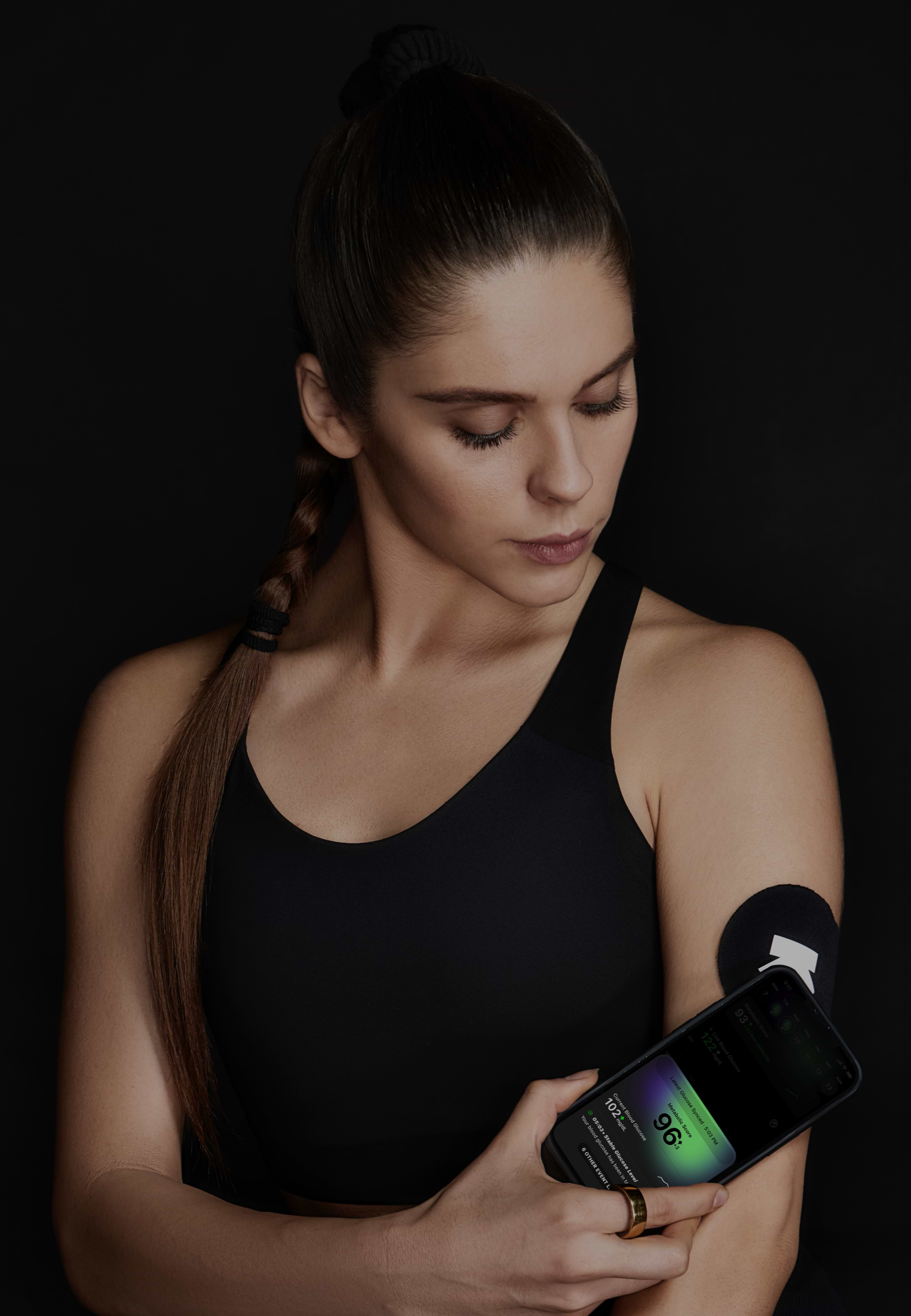
Millet (Fat Not Added in Cooking) (1 Cup, Cooked)
Dinner
186 mg/dL
avg. peak value
Usually causes a medium spike
Avg. Food Score on Ultrahuman App
Ultrahuman Users got an UNSTABLE response
How to consume Millet (Fat Not Added In Cooking) without glucose spikes
Portion Control
Start by reducing the portion size of millet you consume. Smaller portions can lead to a more moderate release of glucose into the bloodstream.
Pair with Protein
Include a source of protein, such as chicken, tofu, or legumes, in your meal. Proteins can help slow down the digestion and absorption of carbohydrates, moderating blood sugar levels.
Include Healthy Fats
Add a small amount of healthy fats like avocado or nuts to your meal. These fats can help slow the absorption of carbohydrates and reduce glucose spikes.
Add Fiber-Rich Vegetables
Incorporate non-starchy vegetables such as broccoli, spinach, or bell peppers. The fiber content in these vegetables can help slow down the digestion process.
Hydration
Ensure you are properly hydrated by drinking water before and during your meal, as dehydration can impact blood sugar regulation.
Pre-Meal Exercise
Engage in light physical activity, such as a short walk or simple exercises, before your meal to enhance insulin sensitivity.
Eat Slowly
Take your time while eating, allowing your body to better regulate the breakdown of carbohydrates and thus reducing the spike.
Monitor Timing of Meals
Try to maintain consistent meal timings to help regulate your body's insulin response. Avoid long gaps between meals to prevent sudden spikes.
Fermented Foods
Include fermented foods like yogurt or kefir, which can aid in digestion and support gut health, potentially influencing blood glucose levels.
Mindful Eating
Practice mindful eating by focusing on your meal, which can help you eat more slowly and recognize early satiety cues, preventing overeating.

Discover
metabolic
health with M1
Ultrahuman M1 helps you measure the impact of food and activity on your body in real time through glucose as a biomarker.
Explore Ultrahuman M1Find Glucose response for your favourite foods
Explore OGDbYour cart is empty
Browse through our products and find something for you.
